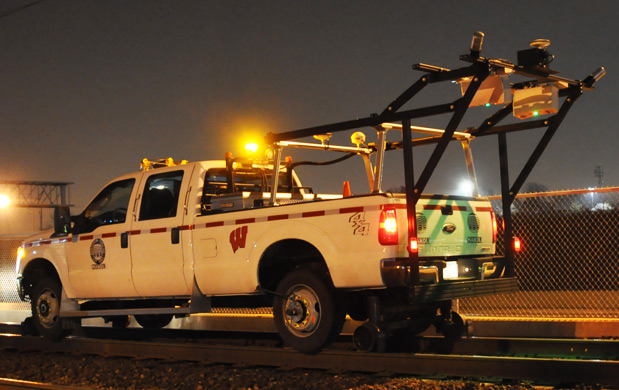3D Profiling
Automated Distress Detection

Mandli uses the Laser Crack Measurement System (LCMS) for 3D pavement profiling applications. The LCMS is equipped high-speed cameras, custom optics, and laser line projectors to acquire both high-resolution 3D profiles and 2D images of the road. This system has been designed to acquire details of the road surface that allow for the automatic detection of cracks and the evaluation of macro-texture, and other road surface features.
- Operates in different types of lighting conditions while collecting accurate data
- Pavement types ranging from dark asphalt to concrete can be measured at highway speeds
- Rutting is measured and characterized using more than 4,000 transverse profile points




The LCMS produces highly accurate and repeatable results. The system has been proven through the collection of large-scale, multi-state routes and test sites. Automated processing methods allow for the extraction of accurate data while adding to the cost-effectiveness of the system, and increases the repeatability results beyond what could be obtained through manual rating methods.
Two separate software applications are utilized to analyze the collected data and automatically detect pavement distresses. The data is first run through RoadAnalyser, which automatically detects cracks and assigns crack width by analyzing the intensity and range data. RoadAnalyser outputs four sets of viewable images: range, intensity, and both range and intensity with detected distress overlay. The data is then run through Mandli’s internally developed classifier application which analyzes the marked cracks and classifies them according to the client specifications. Rutting and transverse profile information is also processed and reported.
